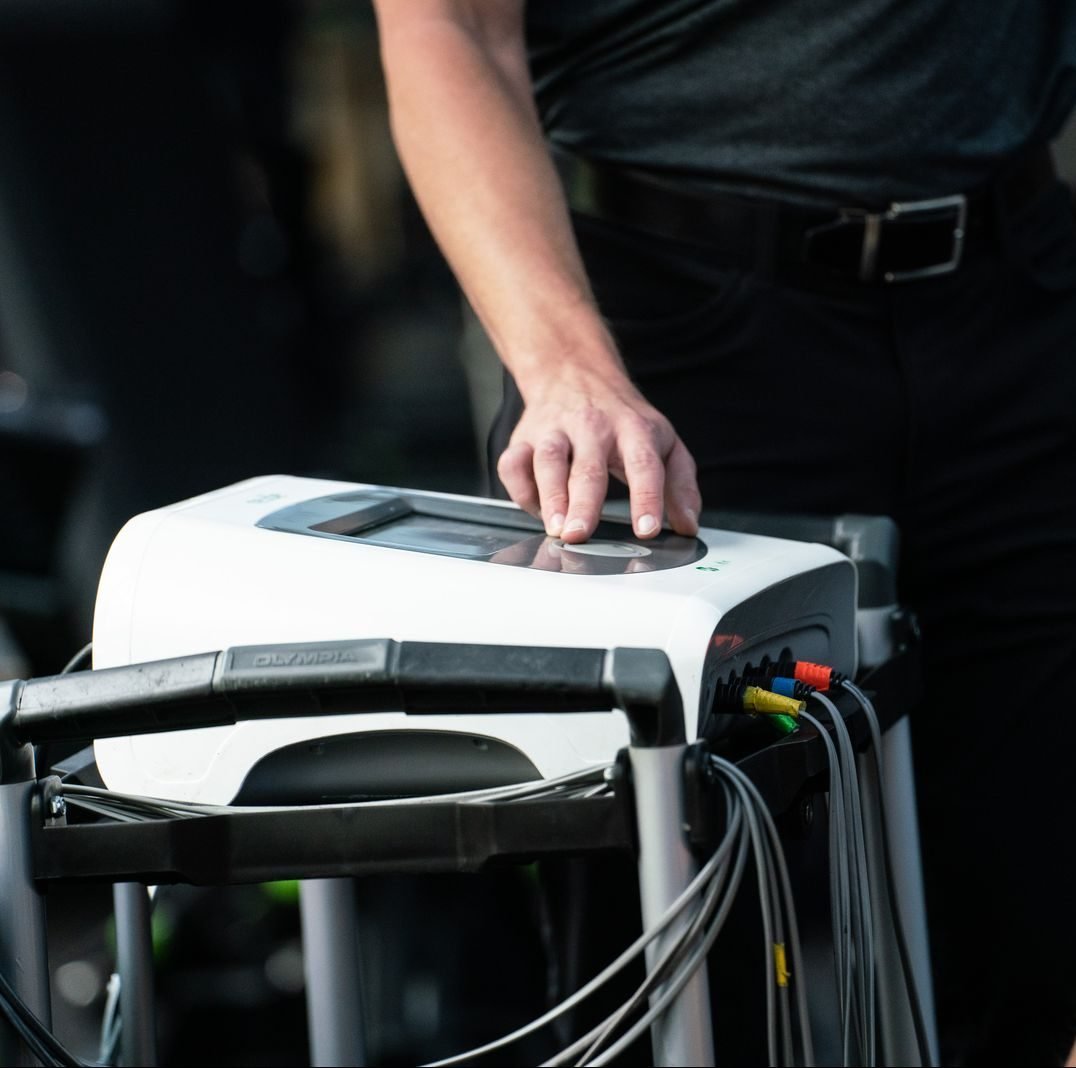Our brain is our greatest protector. Because it is hardwired for survival, it is constantly scanning for potential threats and when one is perceived it will control our movement to help protect us. Consider if a baseball should suddenly come hurtling towards us, we will react immediately, instinctively. We bring the hard, bony parts of our body in front of the softer, more vulnerable areas like the eyes and the internal organs. At that moment, our survival takes priority over everything else.
When left to its own devices, the brain almost always sacrifices long-term health for short-term survival. In terms of athletic performance, this neurological tendency can have a huge impact on factors like range of motion, speed, strength, and resilience. And it also may have major implications for people dealing with chronic pain and neurological injuries or diseases.
Every time the brain senses danger, it sends signals to the nervous system that produce a stress response in the body—and limit the body in some way. When your body gets injured, your brain sounds an alarm and sends a pain signal to protect the area against further damage.
Sometimes these signals or governors will shut down the body, inhibiting certain muscles in order to weaken them. Other times, they keep certain areas of the body tight or stiff. Sometimes, they send a pain signal and lock down the body with spasms to restrict movement.
So, what’s wrong with our brain’s hyper-protective survival-focused default programming?
Unfortunately, the brain’s response doesn’t always match the circumstances, and the brain often misinterprets or overestimates the actual level of threat. The result is that it often inhibits the body’s potential to heal itself.
If someone has a tear in the pec muscle or the hamstring muscle, for example, the body takes its cues from the brain, bracing and guarding around the area of injury as if it’s preparing for an attack.
Though this physiological response makes sense considering the brain’s default programming, it’s very counterproductive for healing.
Why?
All the tension around the area of injury reduces muscle movement, which in turn diminishes the flow of blood and nutrients necessary for recovery. As a result, the body can take weeks, or even months, to bounce back from even minor injuries because it can’t channel energy and resources where they’re needed most.
What happens in the body after surgery, particularly after orthopedic surgery, is similar. When someone has knee or shoulder surgery, for example, the body usually doesn’t understand that it’s been through a process of repair. Since the brain perceives surgery as trauma and an acute threat to survival, the body reacts to the operation as if it’s been invaded, stabbed, or torn up.
Immediately after surgery, the brain basically orders the body to stiffen some muscles and inhibit (or “deactivate”) others to protect itself from further damage. This deactivation is what leads to the muscle atrophy that follows most surgeries, which can happen surprisingly quickly.
Though the brain is automatically programmed for survival and protection, here’s the good news: it’s entirely possible to change or upgrade that programming. This is due to a phenomenon known as neuroplasticity and it’s about changing the brain’s software to reprogram neurological signals that limit the body. We’ll explore this further in next week’s blog.
Let’s charge forward to better outcomes together!

